Five Reasons To Prune Your Trees This Winter
Pruning is a key part of keeping trees healthy and safe to live with in your Minnesota yard. It’s also one of the only landscape maintenance tasks that doesn’t have to be done in summer. In fact, there are plenty of reasons it’s better to prune trees in the winter.
Why wait for your yard to be covered in dead branches? Pruning your trees over the winter will help your trees that look great, are less likely to drop limbs, and will have better health!
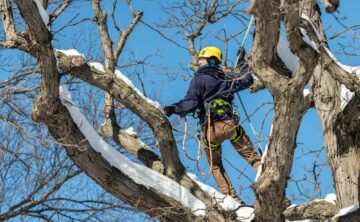
At a glance: why prune your trees in the winter?
- It’s easier to see the structure without the leaves.
- Lowers the risk of interrupting the tree’s growth cycle and reduces impacts from stress, such as drought, pests, and diseases.
- Areas of a tree with dead wood are easier to see.
- Lowers the risk of spreading insects and diseases, such as emerald ash borer, Dutch elm disease, and oak wilt.
- Reduces the impact on sensitive landscapes.
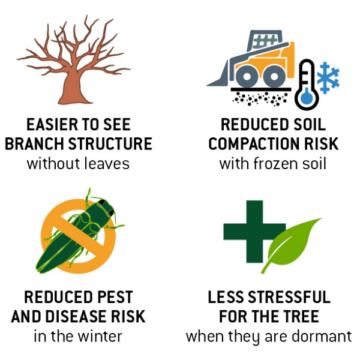
Insects and diseases are dormant
Less impact to your landscape
Tree structure is more visible with no leaves on the trees
What are the signs there are dead branches or deadwood in my tree?
- Clinging dead leaves while other branches are bare. (Except for oak and beech trees which often hang on to dead leaves long into the winter.)
- Flaking bark that exposes smooth wood underneath.
- Large amounts of fungus along branches.
- Small twigs and branches that are not green beneath the bark or that feel lighter and snap easily.
- Branches and twigs that do not have any live buds.
- A “branch collar” forming around the dead limb. This is a protective measure by a tree done to stop the spread of disease to healthy parts of the tree!
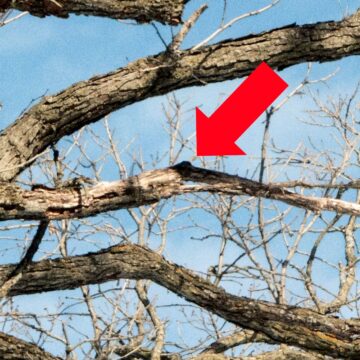
How do I know my tree needs trimming or pruning?
Additional frequently asked questions about winter pruning
Do I need to hire an ISA Certified Arborist to prune my trees?
Which tree species should ONLY be pruned in the winter?
What is the best time of year to have a tree removed?
Should I have my trees pruned this winter?
If you you’re ready to trim your trees, our ISA Certified Arborists can help. In fact, we can manage everything to keep your trees and shrubs healthy and looking their best. Contact us to schedule a consultation today!
Other items you may be interested in:
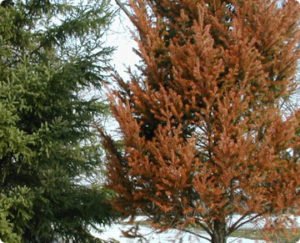
7 Signs of Winter Injury and What You Can Do About It
Now that we are more than halfway through with the winter–and hopefully the worst of it behind us–we can start looking forward to the thawing
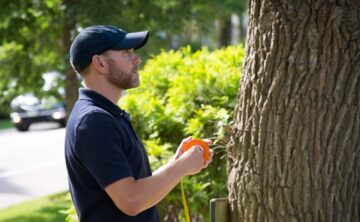
Be an Informed Tree Pruning Customer
We all want the best for our trees. They are a valuable part of the landscape, and we feel a strong attachment to them. Finding
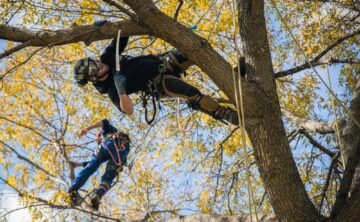
Trimming & Pruning
Tree Trimming and Pruning in Minnesota Rainbow Treecare is Minnesota’s premier provider of tree pruning services. We offer tree trimming (pruning) services to help your



